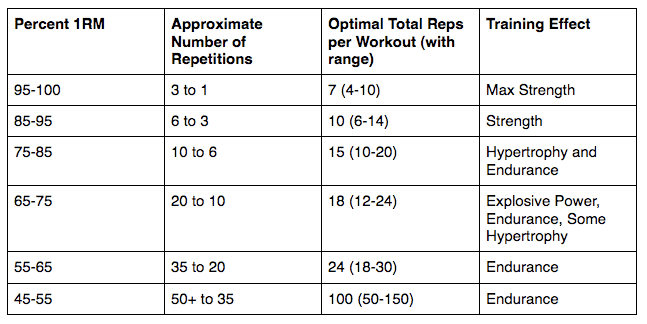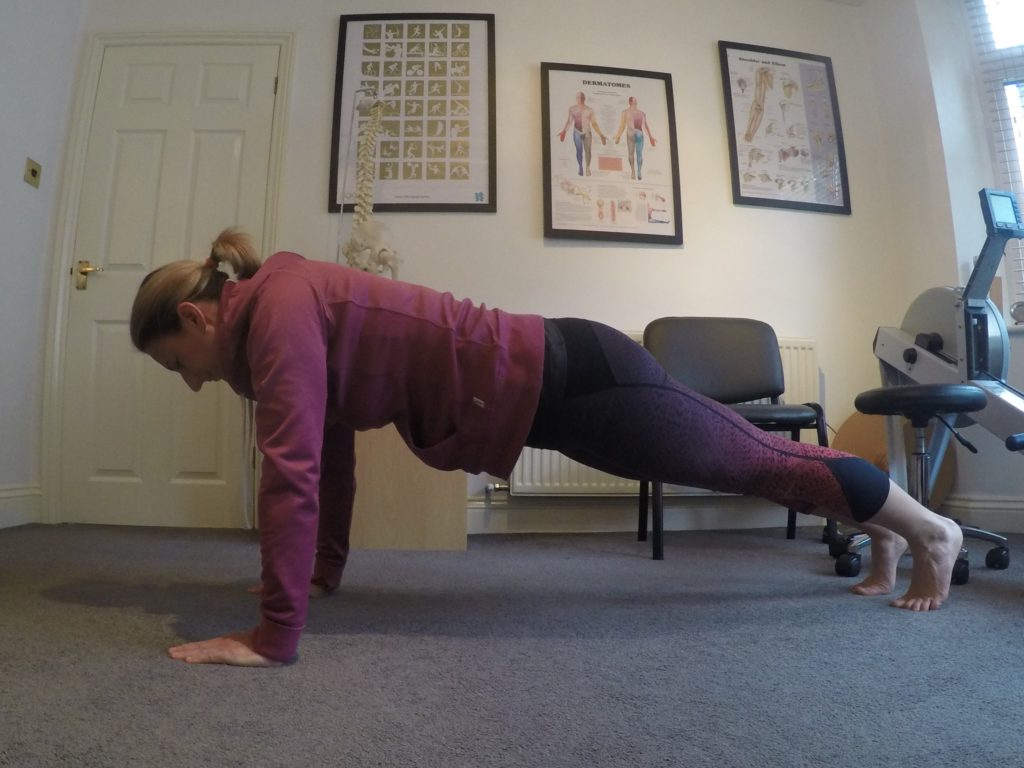The amount of blog inches that have been written about this in recent times is fairly astounding. There are any amount of opinions about sets and reps and why certain things are prescribed. The sound of a physio giving someone a couple of exercises and saying, “off you go, and make sure you do 3 lots of 10 repetitions each day” has pretty much passed into medicalised jargon.
It is such a common prescription that even patients are now saying- oh, should I do 3 lots of 10 of these then?
There has been some push back on this, mainly as there appears to be a disconnect with the prescribers and the reason why this level of movement is being prescribed. There are a couple of schools of thought as to why it keeps getting used, and how it originated in the first place, but I’m not going to get into that here. (Nick Grantham does a good job in a Physio Matters Podcast, I do believe).
Why does it keep getting used? One reason might well be laziness. 3 sets of 10 is pretty generic. It is also REALLY easy for people to remember, so if (a really big *if*) the person actually goes off and does their exercises, they can be sure that they are doing the “right” amount.
Is there any evidence behind the numbers other than this though?

A version of Prileprin’s Chart
If you look at exercise science, specifically strength science there is a lovely table (ok, there are LOTS of tables), but the one that tends to get used most is Prilepin’s Table, which have ranges of repetitions, sets and intensities that tell us how to train for specific outcomes. The chart has been updated, bastardised, and generally used in a lot of situations- and it is based on weightlifting for strength. Essentially it tells us that lifting heavy for a range of 2-12 repetitions for 2-6 sets will help create strength and hypertrophy (bigger muscles). It is a little more complicated than that, as you can gain strength without hypertrophy, and that is where a lot of the research went into- however, it is the weight- or intensity- of the lifts that is the important bit.
In physiotherapy we are generally giving out exercises to increase the patients strength. It isn’t because we enjoy making people do what they find difficult, or creating diversions for people to entertain them, or even because we are frustrated personal trainers. Strong patients mean that they end up seeing us less, and if we give out specific exercises, the patients might bet better and stronger at what originally caused the issue.
3 sets. 10 reps. That creates strength,….
So… what is the problem?
Well, the main thing, as I mentioned just now, is intensity. You can’t tell someone to do an exercise and not really think about intensity. If you do 10 repetitions and the 8, 9 and 10th reps are REALLY hard, it is a totally different experience than doing 10 repetitions where you could actually be carrying on for another 70 before even thinking about if there is any fatigue going on.
Yes, intensity matters as well as reps and sets. This does NOT mean we have to stop prescribing sets of 3×10. In fact, I do like it for the aforementioned reason as a fairly memorable guideline for patients.
The set and rep structure work for increasing muscle strength and endurance, *if used with appropriate loading*. Yes, you can muck around with more sets, higher repetitions etc, but at the end of the day, lets think about how we can manipulate the intensity to create the outcome we want.
Imagine we have a person who needs to get better at squats- or the easier version, sit to stand. Starting on a chair and ending up standing. Then sitting down *under control*. From a chair, they can’t even get up. Leg/glute function just aren’t there and they can only get up by using their hands. A rep structure of 3×10 is not going to work here.. How do we make this easier?
Pile a load of folded towels on the chair to raise the seat and effectively make the movement more achievable for the patient. All good. However, we don’t want to make it too easy. In this case, we’ll keep the height challenging and use the 3×10 structure as a target.
If they can do repetitions of the movement, brilliant, but if they can only do 4 at a time- no problem. This is evidently at an intensity which is pretty high for this individual. Pretty soon, however, with a bit of practice, they’ll get to 5. Then 6. Etc. until at some point in the next few weeks, they manage 10 reps.

Sometimes all you need is the floor – or a chair.
Awesome. Strength is coming. Capacity is coming. Now we need to progress and evolve.
I don’t want them to carry on doing 3×10 reps at that level- that way leads to a plateau.
We had a pile of folded towels on the seat… lets increase the intensity, make it harder by lowering the level. Take a towel- or indeed 2- depending on their ability- away.
All of a sudden the ability to do 10 sit to stands in a row is taken back down to 3 or 4. Not because they have got weaker, but because we have changed the goal posts… and we’ve done that because they have got stronger.
They start at this new level, and slowly but surely, with appropriate tenacity, eventually they get back to doing 3×10 reps at this new level.
What now?
You guessed correctly, keep removing towels until they can do 3×10 from a chair. At that point, add weight. (weights, books, bean tins, cats, dogs, whatever). Capacity has improved using the 3×10 method as a progression target. Easy to remember for the patient, and easy to recognise and modify load in order to create the right intensity.
As soon as someone can do 10, 11 or 12 reps with relative ease, the exercise is too easy and needs to be modified.
Ok, this isn’t the holy grail, and it is not appropriate for everything that we come across- 3×10 should not be villified, as it does a job- the problem is it is used without thought, without appropriate loading and without explanation.
As ever, it is not the treatment that is the problem, it is the way the physio goes about explaining and prescribing. Don’t be ignorant of why we do things. Find out the background and use it appropriately.




